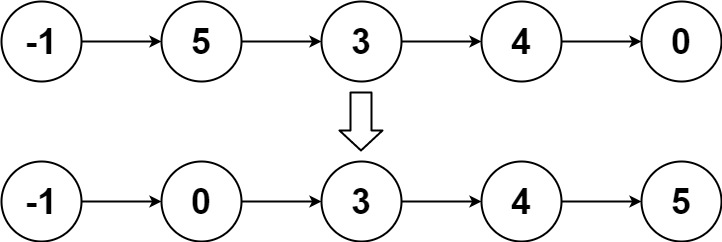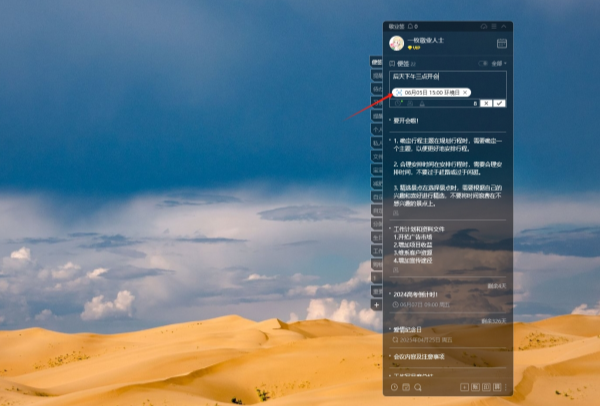1. 力扣148:排序链表
1.1 题目:
给你链表的头结点 head ,请将其按 升序 排列并返回 排序后的链表 。
示例 1:

输入:head = [4,2,1,3] 输出:[1,2,3,4]
示例 2:

输入:head = [-1,5,3,4,0] 输出:[-1,0,3,4,5]
示例 3:
输入:head = [] 输出:[]
提示:
- 链表中节点的数目在范围
[0, 5 * 104]内 -105 <= Node.val <= 105
进阶:你可以在 O(n log n) 时间复杂度和常数级空间复杂度下,对链表进行排序吗?
1.2 思路:
使用堆,每次取出来的数就是最小的。但进阶是想让我们用分治来解决链表的排序问题。
1.3 题解:
/*** Definition for singly-linked list.* public class ListNode {* int val;* ListNode next;* ListNode() {}* ListNode(int val) { this.val = val; }* ListNode(int val, ListNode next) { this.val = val; this.next = next; }* }*/
class Solution {public ListNode sortList(ListNode head) {// 优先队列PriorityQueue<Integer> pq = new PriorityQueue<>();ListNode p = head;while(p != null){pq.offer(p.val);p = p.next;}ListNode dummy = new ListNode(-1, null);p = head;while(!pq.isEmpty()){p.val = pq.poll();p = p.next;}return head;}
}2. 力扣23:合并K个升序链表
2.1 题目:
给你一个链表数组,每个链表都已经按升序排列。
请你将所有链表合并到一个升序链表中,返回合并后的链表。
示例 1:
输入:lists = [[1,4,5],[1,3,4],[2,6]] 输出:[1,1,2,3,4,4,5,6] 解释:链表数组如下: [1->4->5,1->3->4,2->6 ] 将它们合并到一个有序链表中得到。 1->1->2->3->4->4->5->6
示例 2:
输入:lists = [] 输出:[]
示例 3:
输入:lists = [[]] 输出:[]
提示:
k == lists.length0 <= k <= 10^40 <= lists[i].length <= 500-10^4 <= lists[i][j] <= 10^4lists[i]按 升序 排列lists[i].length的总和不超过10^4
2.2 思路:
2.3 题解:
/*** Definition for singly-linked list.* public class ListNode {* int val;* ListNode next;* ListNode() {}* ListNode(int val) { this.val = val; }* ListNode(int val, ListNode next) { this.val = val; this.next = next; }* }*/
class Solution {public ListNode mergeKLists(ListNode[] lists) {if (lists == null || lists.length == 0) {return null;}PriorityQueue<Integer> pq = new PriorityQueue<>();for (int i = 0; i < lists.length; i++) {ListNode p = lists[i];ListNode q = p;while(q != null) {pq.offer(q.val);q = q.next;}}ListNode dummy = new ListNode(0);ListNode q = dummy;while (! pq.isEmpty()) {ListNode p = new ListNode(pq.poll());q.next = p;p.next = null;q = p;}return dummy.next;}
}


















